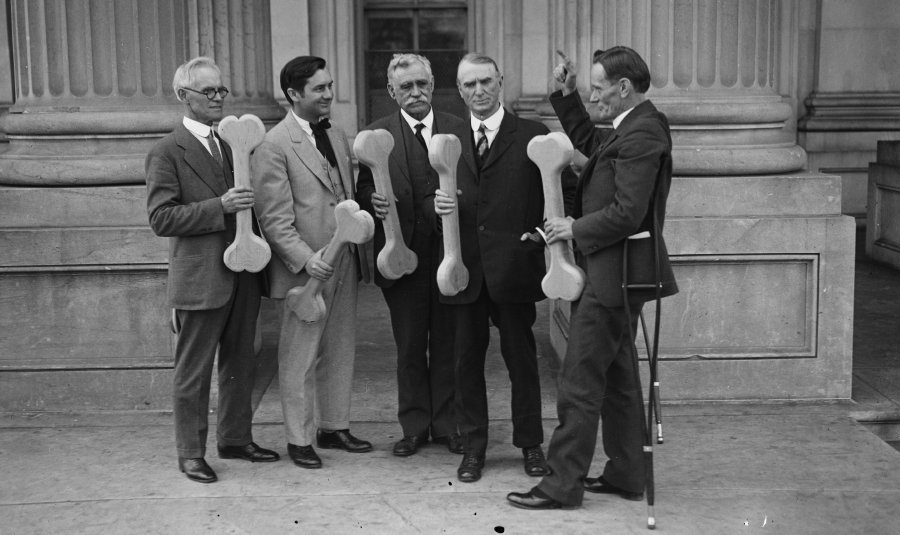 A major issue in the birth and growth of Washington D.C. was water: how to get good drinking water to its inhabitants. Capitol Hill in particular had issues with this. Fortunately, there were a number of springs that were used throughout the 19th century.
A major issue in the birth and growth of Washington D.C. was water: how to get good drinking water to its inhabitants. Capitol Hill in particular had issues with this. Fortunately, there were a number of springs that were used throughout the 19th century.
In the early days of the city, James Creek was an important tributary of the Anacostia, running about a half mile south into the middle of Buzzard Point. One of its tributary creeks began in a spring that was located on Daniel Carroll‘s property, and thus was known as Carroll Spring. This spring was, in 1890, referred to by an old inhabitant as “the splendid Carroll spring, near the Capitol grounds, which supplied a large section with the finest water.” By this time, it had been “obliterated,” but it had played an important role in Capitol Hill’s development over the years.
Daniel Carroll was a major landowner on Capitol Hill when the federal government arrived in 1800, and the spring, located at the corner of New Jersey and Virginia Avenues (at least, according to the L’Enfant’s plan – the reality on the ground was considerably different) was an important part of his property.
The various small streams that flowed into the James Creek all originated in the folds of land that marked the western edge of Capitol Hill, southeast of the Capitol. This also marked the dividing line between Capitol Hill and Navy Yard Hill, with battles fought across the various creeks by the boys from the various neighborhoods.
It was used for other purposes, as well. In 1836, the Native American Association met at the spring to celebrate the 4th of July and to listen to an oration by the artist (and nephew of Robert Brent ) Henry J. Brent. This spot was chosen because it, “used to be the retreat of the father of his country – Washington, – where he sought relaxation from the cares and toils of business,” according to an announcement in the June 23, 1838, Native American newspaper. While George Washington was known to be a friend of Daniel Carroll of Rock Creek, there seems to be no reason to believe that he spent any time at a spring owned by his friend’s son’s second cousin.

Members of the “Bone Dry” temperance society pose in front of the Capitol. On the right is “a distinguished friend of total abstinence” William D. Upshaw. (LOC)
This hardly stopped the use of the place, for years later the Total Abstinence Societies of the area were to converge on the spring to celebrate Independence Day in their own, teetotaling way. They first marched from Judiciary Square to the White House, then back around the Capitol and then on to the spring, where they were to get to listen to, “an Oration suitable to the occasion … by a distinguished friend of total abstinence” as the Daily Madisonian of June 30, 1842 put it.
There were also less salubrious meetings at the spring. In 1859, a group of “Zouaves” was known to congregate there. These young men, from Capitol Hill, Navy Yard Hill, and the Island (i.e., SW DC), had become “the constant dread of the neighborhood, by reason of the stone battles in which they have engaged, and the plentiful curses with which they have complimented each other.” Eventually, the police were called in and 15 of the miscreants were dragged before Judge McKenna and were, “severely lectured by the justice and fined $3 and costs each.”
After the Civil War, water mains replaced springs as a main source of water. Nonetheless, in 1880, Carroll Spring was still used to fill a reservoir at the corner of 4th and I Streets – for use by the fire department. Eventually, like all other springs in the city, it was covered up and no sign remains of it today.
